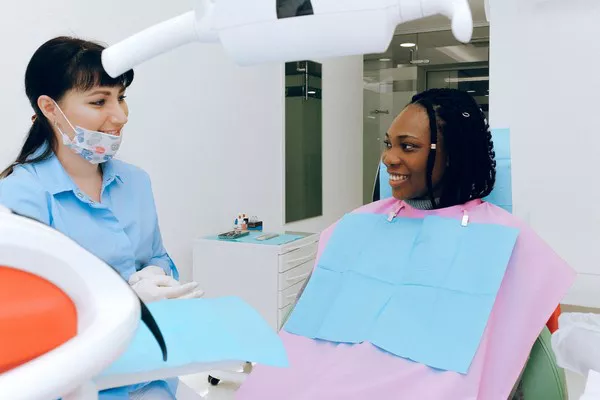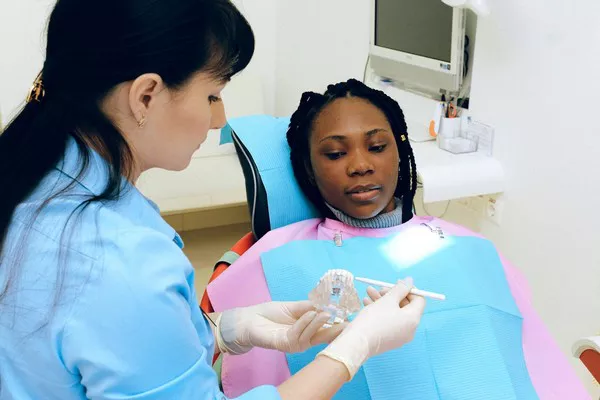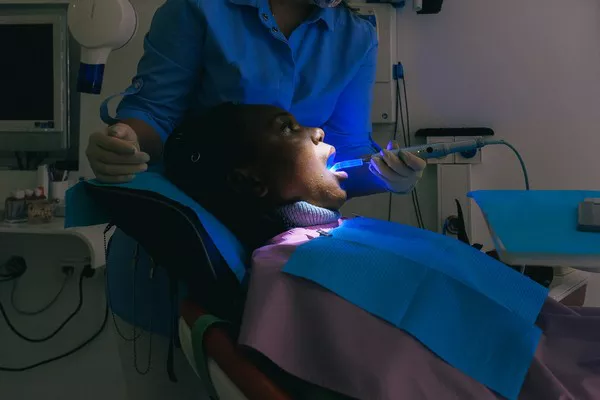A bright, white smile is often associated with good oral health and confidence. However, many individuals find themselves dealing with yellow teeth, which can be distressing and impact self-esteem. Understanding what causes teeth to turn yellow is essential in finding effective solutions. In this comprehensive article, we will explore various factors that contribute to yellow teeth, ranging from lifestyle choices to dental conditions. By gaining insight into these causes, you can take proactive steps to maintain a radiant smile. Let’s delve deeper into the reasons behind yellow teeth.
Dental Plaque and Tartar Buildup
One of the primary contributors to yellow teeth is the buildup of dental plaque and tartar. Plaque refers to a sticky film of bacteria that forms on teeth. If not adequately removed through regular brushing and flossing, plaque can harden and mineralize, becoming tartar. The accumulation of plaque and tartar can cause teeth to appear yellow or stained due to the presence of bacteria, food particles, and pigments.
Practicing good oral hygiene by brushing at least twice daily, flossing regularly, and scheduling professional cleanings can help prevent plaque and tartar buildup, thus reducing the risk of yellowing teeth.
Staining Agents in Food and Beverages
The consumption of certain foods and beverages can contribute to teeth discoloration. Dark-colored beverages like coffee, tea, red wine, and cola contain chromogens, which are pigmented compounds that can attach to the tooth enamel surface. Similarly, deeply colored fruits such as berries and sauces like tomato sauce can stain teeth. Acidic foods and drinks can also erode the enamel, making it easier for stains to set in.
Tobacco use, whether through smoking or chewing, is another significant culprit behind yellow teeth due to the presence of tar and nicotine.
To minimize staining, it is advisable to rinse your mouth with water after consuming stain-causing foods or beverages. Additionally, using a straw can help bypass direct contact between the teeth and liquids.
Natural Aging Process
As we age, our teeth naturally undergo changes that can lead to yellowing. Over time, the outer layer of enamel thins, which exposes the underlying layer called dentin. Dentin is naturally yellowish and becomes more visible as the enamel wears away, making teeth appear yellow. Additionally, aging can cause changes in tooth pulp, further contributing to discoloration.
While we cannot stop the aging process, practicing good oral hygiene and seeking professional dental care can help maintain optimal oral health and slow down the progression of yellowing teeth.
Poor Oral Hygiene and Dental Conditions
Inadequate oral hygiene practices can result in plaque buildup, leading to yellow teeth. Regular brushing, flossing, and rinsing with an antiseptic mouthwash are essential for maintaining good oral health. Neglecting these habits allows plaque and tartar to accumulate, leading to staining and tooth decay.
Certain medications, such as tetracycline antibiotics, can cause intrinsic tooth discoloration. These stains originate from within the tooth structure during tooth development, often occurring during childhood. Medical conditions like enamel hypoplasia or fluorosis can also lead to intrinsic discoloration. Excessive fluoride intake, usually through water sources or dental products, can cause a mottled appearance on the teeth.
Physical trauma to the teeth, such as injuries or accidents, can damage the enamel and expose the dentin, leading to yellowing. Tooth decay caused by poor oral hygiene and bacterial activity can also contribute to tooth discoloration. When cavities develop, they require professional intervention to prevent further damage and restore the tooth’s natural color.
Preventive Measures and Treatment Options
Fortunately, there are several preventive measures and treatment options available to combat yellow teeth. These include:
Maintaining Good Oral Hygiene: Brushing at least twice a day, flossing daily, and using mouthwash help remove plaque and prevent staining.
Dietary Modifications: Limiting the consumption of stain-causing foods and beverages, especially acidic and sugary items, can minimize teeth discoloration.
Regular Dental Cleanings: Professional dental cleanings every six months or as recommended by your dentist can effectively remove surface stains and prevent the buildup of plaque and tartar.
Teeth Whitening: Over-the-counter whitening products, such as whitening toothpaste and strips, can help remove mild surface stains. Professional teeth whitening treatments performed by dentists use stronger bleaching agents to target both extrinsic and some intrinsic stains.
Related Topics:































